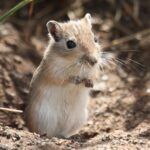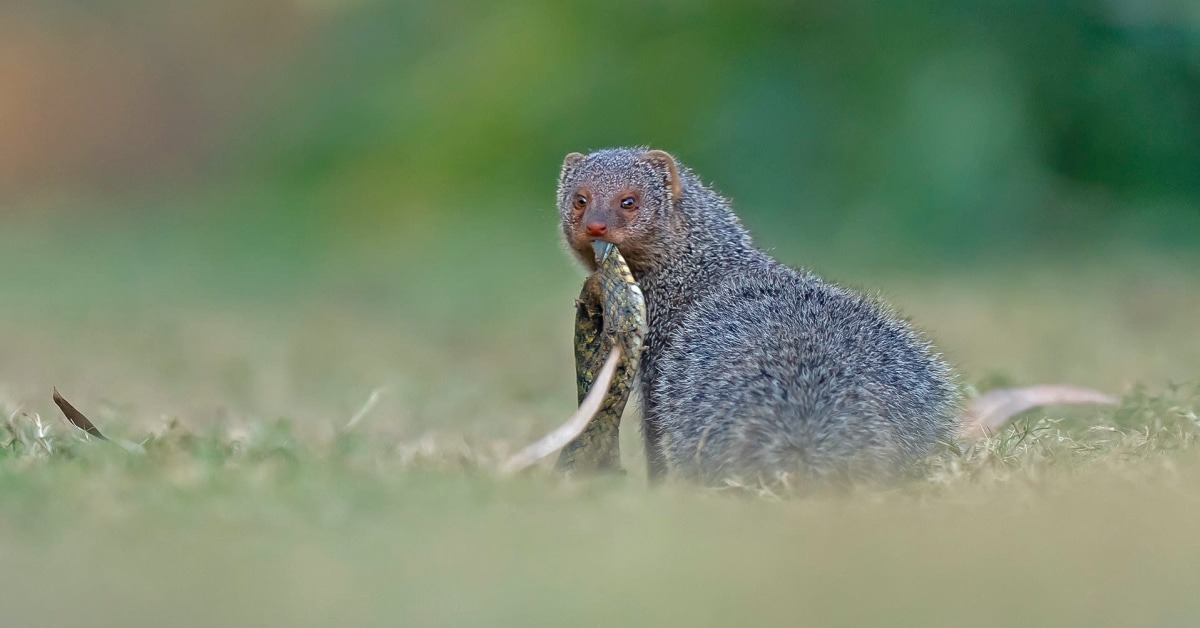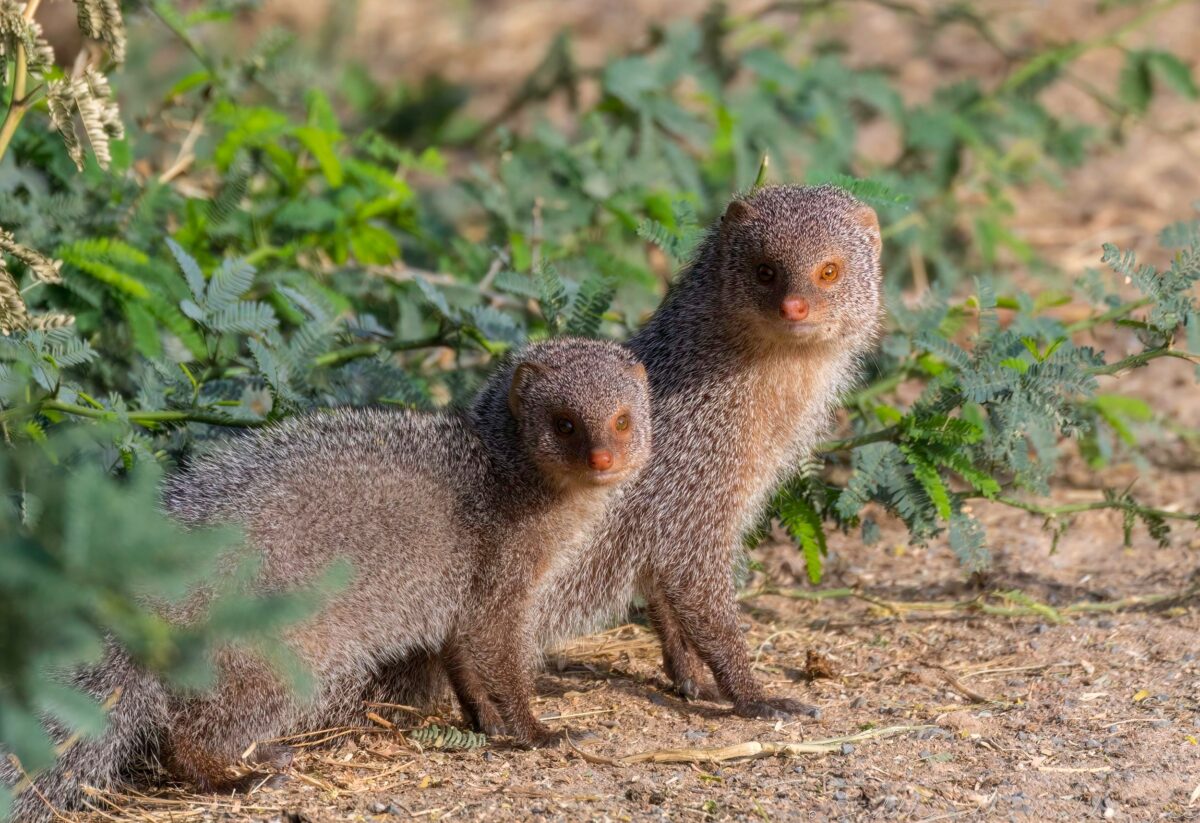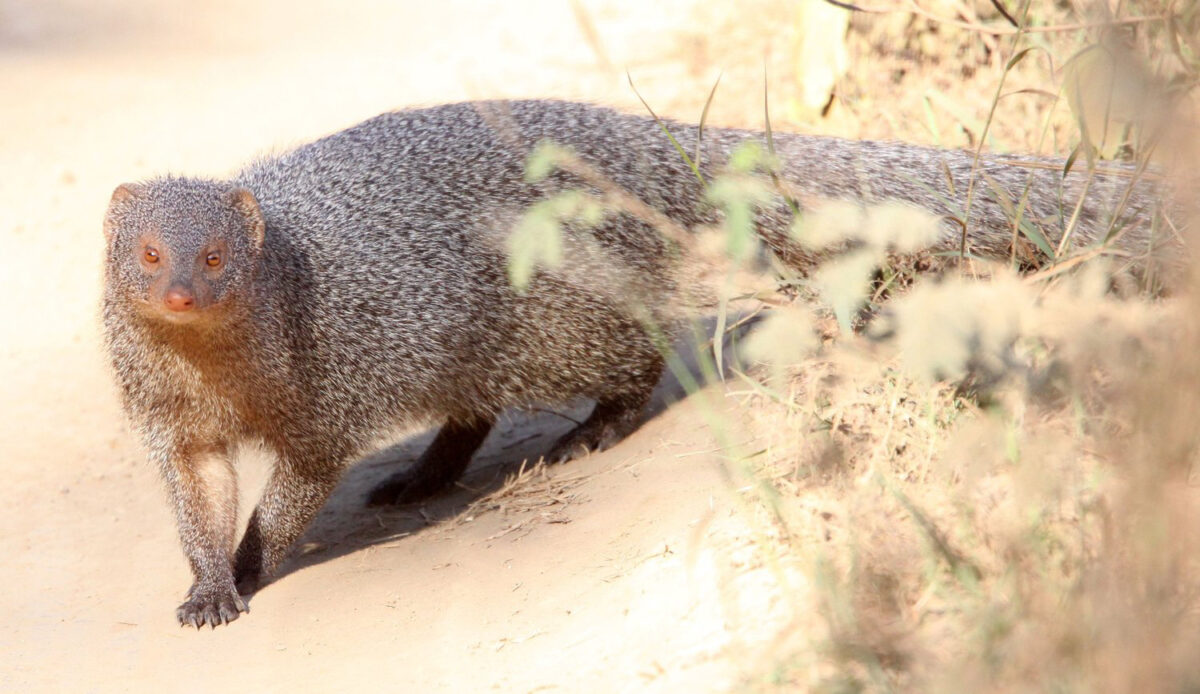

Scientific name
Scientific name
Body length
Weigh
The Indian grey mongoose, scientifically known as Herpestes edwardsi, is a small carnivorous mammal belonging to the mongoose family.
Indian grey mongooses have a slender body with short legs and a long, bushy tail. They typically measure around 40 to 60 centimeters in length, with an additional 30 to 45 centimeters for the tail. They have a grizzled grey or brown fur, which provides effective camouflage in their natural habitats.

Indian grey mongooses are found across a wide range of habitats in the Indian subcontinent, including forests, grasslands, scrublands, and even urban areas. They are adaptable animals and can thrive in various environments, from rural to highly populated urban areas.
The diet of Indian grey mongooses consists mainly of small mammals, such as rodents, snakes, lizards, birds, and insects. They are skilled hunters and have a particular fondness for snakes, including venomous species. They are known for their ability to neutralize snake venom, making them relatively immune to snake bites.

Indian grey mongooses are primarily diurnal, meaning they are active during the day. They are known for their agility, speed, and excellent climbing and swimming abilities. These solitary animals are territorial and mark their territories using scent markings.
Breeding in Indian grey mongooses typically occurs during the monsoon season. After a gestation period of around two months, females give birth to a litter of two to four pups. The young are cared for by the mother until they are independent enough to venture out on their own.
Indian grey mongooses play a valuable role in controlling rodent populations and maintaining ecological balance in their habitats. Their adaptability and resilience have allowed them to coexist with humans in various landscapes. However, it is important to ensure the conservation of their natural habitats and minimize conflicts with human activities to ensure their continued survival.

